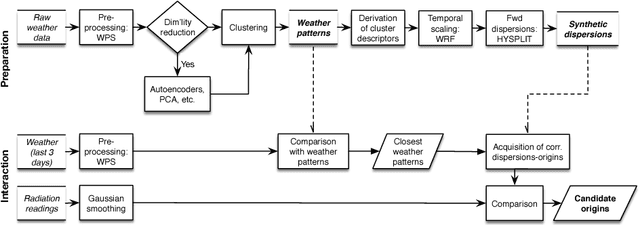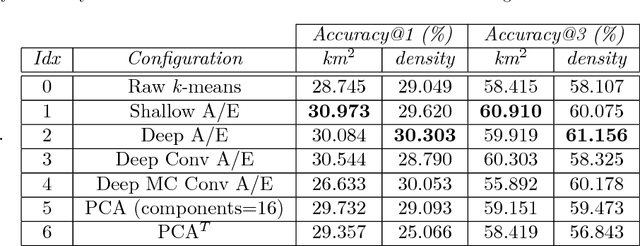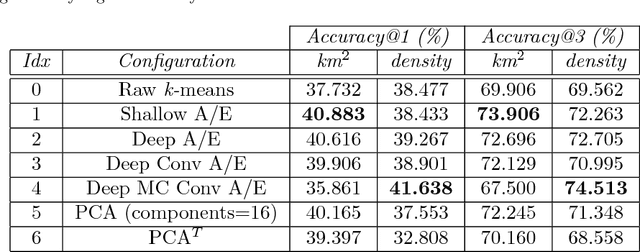I. A. Klampanos
Autoencoder-Driven Weather Clustering for Source Estimation during Nuclear Events
Jan 13, 2018



Abstract:Emergency response applications for nuclear or radiological events can be significantly improved via deep feature learning due to the hidden complexity of the data and models involved. In this paper we present a novel methodology for rapid source estimation during radiological releases based on deep feature extraction and weather clustering. Atmospheric dispersions are then calculated based on identified predominant weather patterns and are matched against simulated incidents indicated by radiation readings on the ground. We evaluate the accuracy of our methods over multiple years of weather reanalysis data in the European region. We juxtapose these results with deep classification convolution networks and discuss advantages and disadvantages.
 Add to Chrome
Add to Chrome Add to Firefox
Add to Firefox Add to Edge
Add to Edge